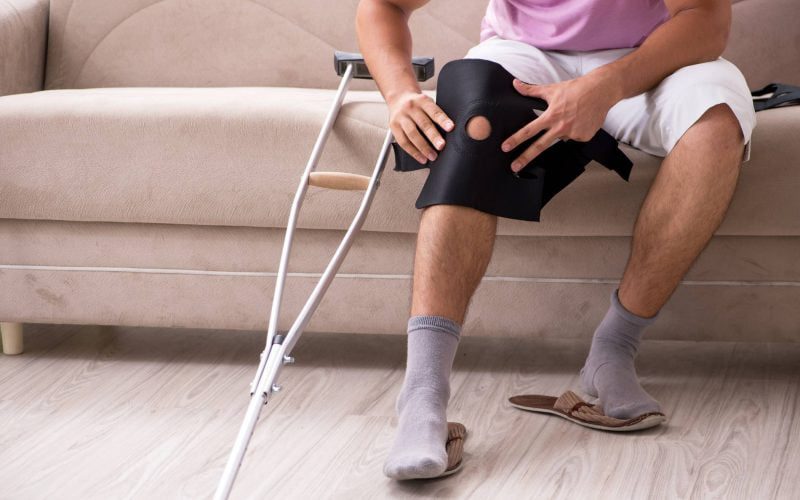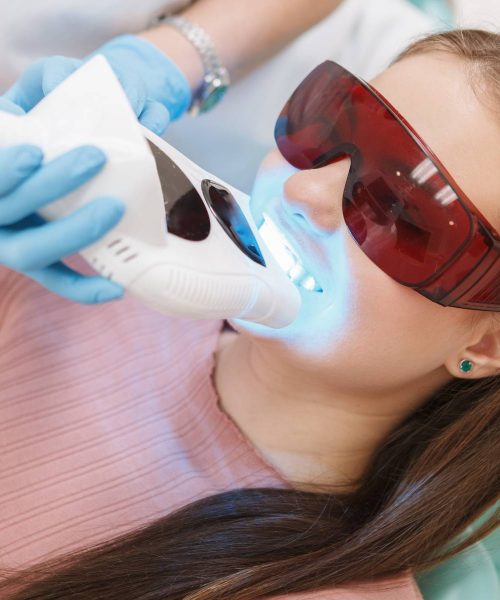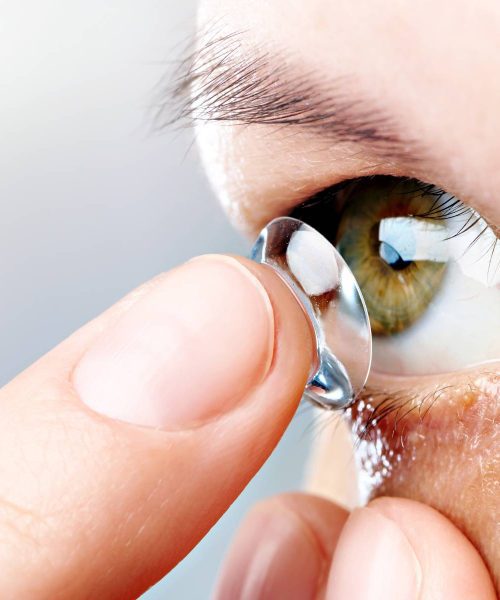Introduction
Orthopedic leg braces are devices designed to provide support and stability to the legs, specifically targeting the knee area. These braces serve multiple purposes, including reducing pressure on the knees, alleviating pain associated with knee joint conditions, protecting against injuries, aiding in rehabilitation, and improving knee alignment. In this comprehensive guide, we will explore the different types of orthopedic leg braces and their specific uses, empowering individuals to make informed decisions regarding their orthopedic needs.
Understanding the Functions of Orthopedic Leg Braces
Orthopedic leg braces offer three primary functions, making them a versatile tool for various individuals:
- Pain Relief for Knee Joint Conditions: Individuals suffering from chronic knee conditions such as arthritis and osteoarthritis often find relief through the use of orthopedic leg braces. These braces help alleviate painful symptoms by reducing pressure on the affected joints and providing additional support during daily activities.
- Injury Prevention for Athletes: Athletes engaging in contact sports prone to knee injuries can benefit from orthopedic leg braces. These braces serve as a preventive measure, offering stability to the knee structure and reducing the risk of rotational injuries during intense physical activities.
- Rehabilitation and Immobilization: For individuals recovering from serious knee surgeries or injuries, orthopedic leg braces play a crucial role in immobilizing the knees, facilitating proper healing. These braces are typically larger and provide secure immobilization, allowing the injured knee to regain strength and stability.
Exploring Different Types of Orthopedic Leg Braces
Orthopedic leg braces come in various forms, each designed to address specific needs and conditions. Understanding the differences between these types can help individuals choose the most appropriate brace for their unique requirements. The four primary types of orthopedic leg braces are:
1. Prophylactic Braces
Prophylactic braces are commonly used by athletes participating in injury-prone contact sports. These braces are typically made of neoprene material and serve as a preventive measure against injuries. By providing stability and restricting rotational movement, prophylactic braces help reduce the risk of knee injuries during physical activities.
2. Rehabilitation Braces
Rehabilitation braces are specifically designed for individuals recovering from serious knee surgeries or injuries. These braces are larger in size and are used to immobilize the knees during the rehabilitation process. By providing secure immobilization, rehabilitation braces aid in proper healing and assist individuals in regaining strength and mobility in the affected knee.
3. Functional Braces
Functional braces are versatile and serve multiple purposes. They are used by individuals recovering from knee injuries or experiencing pain due to arthritis. Similar to prophylactic braces, functional braces offer support and stability to the knees, preventing rotational movements and hyperextension. These braces improve knee energy and agility while minimizing the risk of further injury. Additionally, functional braces are often more affordable compared to other types of leg braces.
4. Unloader Braces
Unloader braces are primarily utilized by individuals experiencing pain from arthritis or incorrect knee alignment. These braces are equipped with metal reinforcements and hinges to provide stability during walking, standing, and physical therapy exercises. Unloader braces help alleviate pain by redistributing weight away from the affected side of the knee, reducing pressure and discomfort.
Choosing the Right Orthopedic Leg Brace
When selecting an orthopedic leg brace, it is essential to consult with a healthcare professional specializing in orthopedics. They can assess your specific condition, provide guidance, and recommend the most suitable type of brace. Factors to consider include the nature of your knee condition, the level of support required, and your activity level. Additionally, proper fitting and adjustments should be made to ensure optimal comfort and effectiveness.
Maintaining Orthopedic Leg Braces
To maximize the benefits of orthopedic leg braces, proper care and maintenance are essential. Here are some important tips to keep in mind:
- Follow the manufacturer’s instructions: Each type of orthopedic leg brace may have specific care instructions. It is crucial to read and follow these guidelines to ensure the longevity and effectiveness of the brace.
- Clean regularly: Regularly clean the brace to prevent the buildup of dirt, sweat, and odor. Use mild soap and water to gently clean the brace, and allow it to dry completely before wearing it again.
- Check for wear and tear: Periodically inspect the brace for any signs of wear and tear, such as frayed straps or loose hinges. If you notice any damage, consult with a healthcare professional to determine if the brace needs repair or replacement.
- Proper storage: Store the brace in a cool, dry place when not in use. Avoid exposing it to extreme temperatures or direct sunlight, as this can affect its durability and functionality.
- Regular follow-up with a healthcare professional: If you are using an orthopedic leg brace for a specific condition or injury, it is important to have regular check-ups with your healthcare professional. They can assess your progress, make any necessary adjustments to the brace, and provide further guidance on your treatment plan.
Conclusion
Orthopedic leg braces offer valuable support, stability, and pain relief for individuals with knee conditions, athletes, and those recovering from injuries. By understanding the different types of braces and their specific functions, individuals can make informed decisions when selecting the most suitable orthopedic leg brace for their needs. Remember to consult with a healthcare professional to ensure the proper fit and to receive personalized advice on managing your condition.






